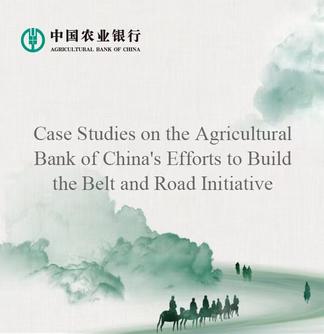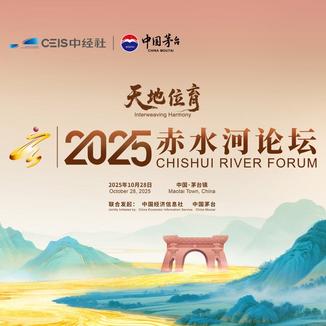BEIJING, Aug. 5 (Xinhua) -- Chinese scientists have achieved a breakthrough in the field of organic solar cells, providing new ideas for the material design of interfacial layers and laying the foundation for large-scale commercial application of organic solar cells.
The study, led by a team of Professor Huang Hui and Associate Professor Cai Yunhao from the University of Chinese Academy of Sciences, has been published in the international academic journal Nature Materials.
Compared with inorganic solar cells, organic solar cells feature lightweight, solution-processability, and inherent mechanical flexibility, enabling fabrication of ultrathin, bendable, and rollable devices suitable for flexible electronics, wearable technology, and building-integrated photovoltaics.
Moreover, they demonstrate greater potential for employing green solvents and biodegradable materials, making them strong candidates for environmentally friendly lifecycle management, from production to end-of-recycling in the future.
However, the power conversion efficiency of organic solar cells has remained at a relatively low level. "One of the core challenge is the performance of the cathode interfacial layer," Cai said.
The use of traditional single interfacial materials faces problems such as insufficient conductivity, severe charge recombination, and poor thin-film morphology, constraining improvements in device efficiency and stability, she added.
To address this challenge, the research team proposed an innovative organic/inorganic "dual-component synergy" strategy.
They integrated organic and inorganic materials in a designed manner to achieve functional complementarity and mutual reinforcement, collectively enabling interfacial performance superior to that of single-component systems. This cooperation extends beyond physical blending to emphasize the coordinated optimization of structural configuration, electronic properties, and interaction mechanisms.
This strategy significantly reduced defect density, enhanced conductivity and film uniformity of the interfacial layer, thereby optimizing charge extraction and transport efficiency, and effectively suppressing charge recombination.
Based on this new material, the organic solar cell developed by the team achieved a laboratory efficiency of 21 percent, with its certified efficiency reaching 20.8 percent, setting a new record for the highest certified efficiency in this field.
"The dual-component synergy strategy also demonstrates broad applicability when compounded with various mainstream interface materials," Cai said.
According to Cai, the new material is ideally suited for flexible photovoltaic devices, enabling wearable electronics, smart textiles, and portable chargers to fulfill their critical need for ultra-lightweight and pliable power sources.
With its excellent photostability and mechanical strength, this interface material shows great potential for enabling energy supply in aerospace, unmanned aerial vehicles, and extreme environments, she said, adding that it provides a solution for future sustainable energy research and development in space and special industrial fields.




 A single purchase
A single purchase








